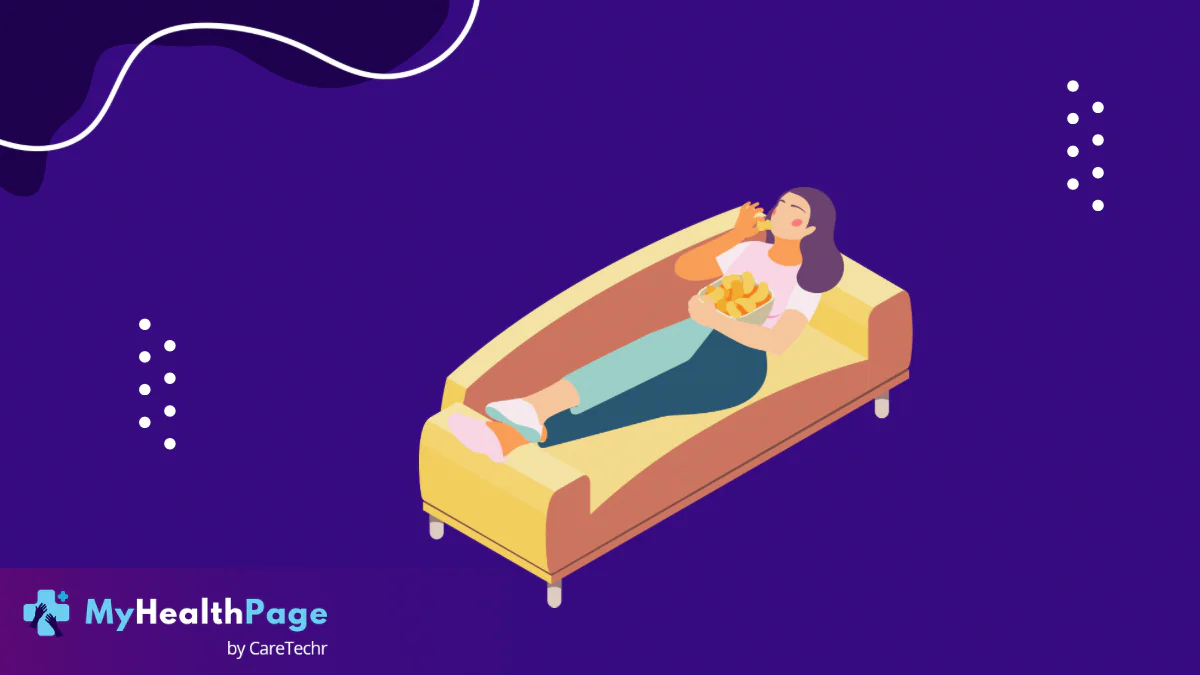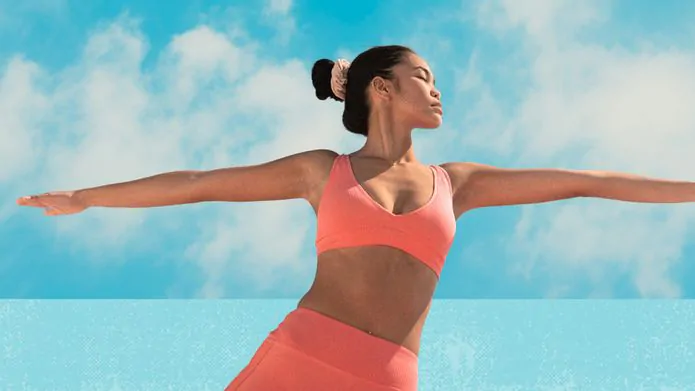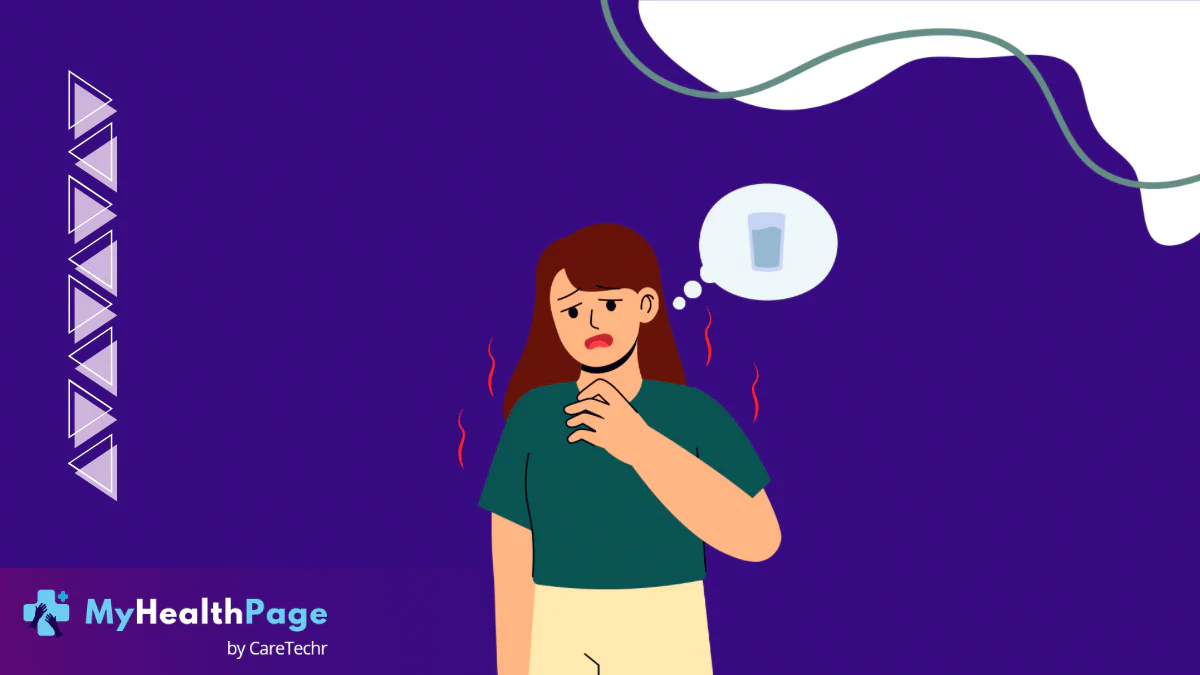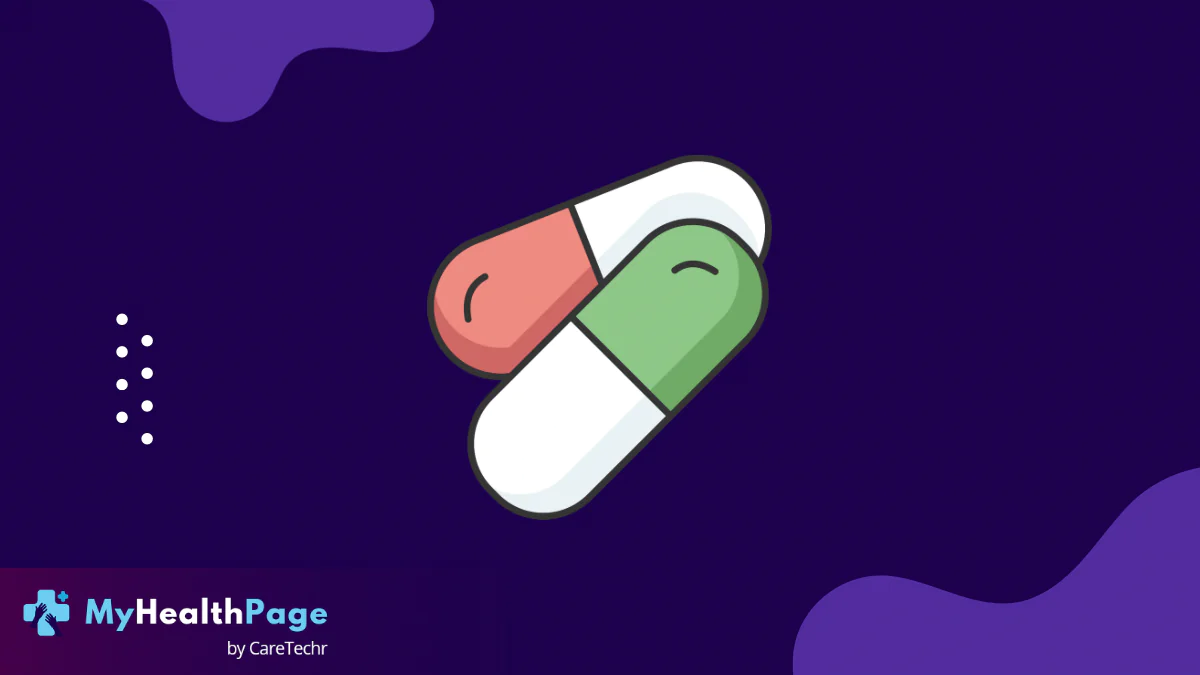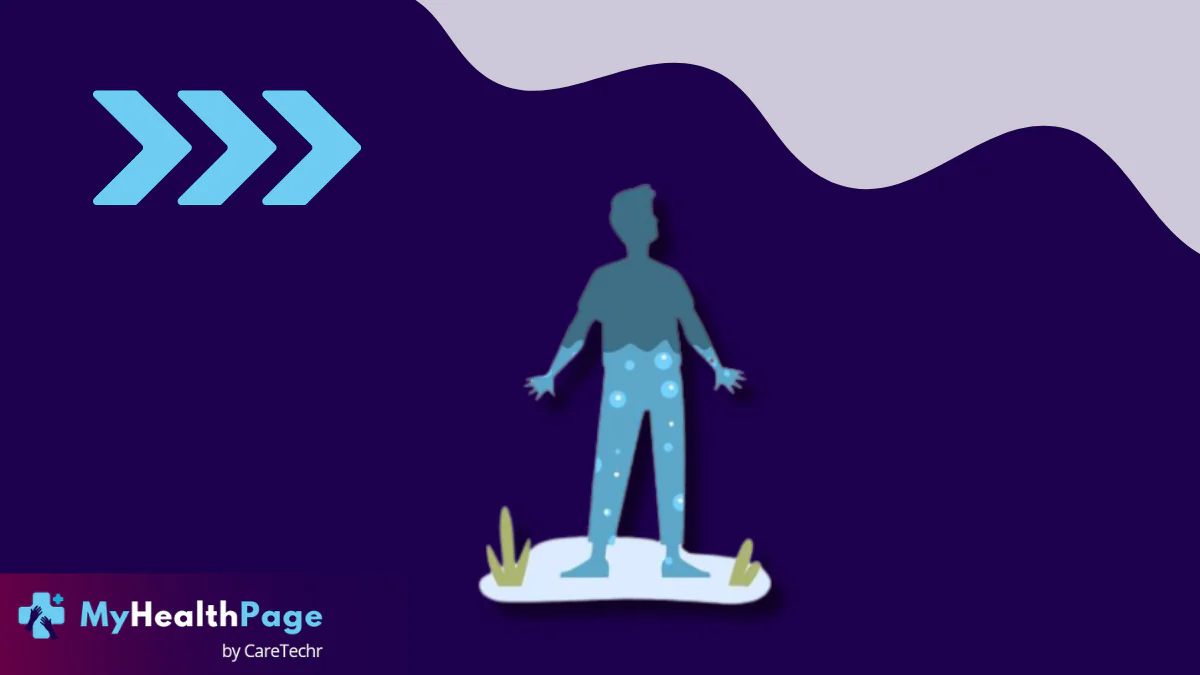Modern lifestyles often revolve around prolonged periods of sitting—whether at desks, in cars, or on couches. While it might seem harmless, too much inactivity can have significant consequences for your health, particularly your veins. A sedentary lifestyle can contribute to the development of varicose veins, which are enlarged, twisted veins most commonly appearing in the legs.
In this article, we’ll explore the relationship between inactivity and varicose veins, the underlying causes, and practical strategies for prevention and management.
What Are Varicose Veins?
Varicose veins occur when veins become swollen and overfilled with blood due to poor circulation. They often appear as bulging, bluish-purple veins on the surface of the skin and are most common in the legs because of the added pressure from standing or sitting.
Common Symptoms of Varicose Veins
- Visible, twisted veins on the legs or feet
- Aching, throbbing, or heaviness in the legs
- Swelling in the lower limbs
- Itching or burning sensation around the affected veins
- Skin discoloration or ulcers in severe cases
While varicose veins are not always a medical concern, they can lead to discomfort and, in some cases, serious complications like blood clots or skin ulcers.
How a Sedentary Lifestyle Contributes to Varicose Veins
The human body is designed for movement, and blood circulation depends on muscle activity to pump blood effectively through the veins. A sedentary lifestyle disrupts this natural process, increasing the likelihood of vein problems.
1. Impaired Blood Circulation
When you sit or stand still for long periods, blood can pool in the veins of your legs. Over time, this added pressure weakens vein walls and damages the valves that prevent blood from flowing backward, leading to varicose veins.
2. Muscle Inactivity
Muscles play a crucial role in supporting venous return—the process of moving blood back to the heart. Inactivity reduces muscle contractions, making it harder for veins to push blood upward against gravity.
3. Increased Pressure on Veins
Sitting with crossed legs, poor posture, or prolonged standing adds extra pressure to the veins, exacerbating the risk of varicose veins.
Risk Factors That Amplify the Effects of a Sedentary Lifestyle
While inactivity is a major factor, certain conditions and habits can increase the likelihood of developing varicose veins:
1. Genetics
A family history of varicose veins makes you more predisposed to the condition, especially if combined with a sedentary lifestyle.
2. Age
As you age, veins lose elasticity, and valves may weaken, making it harder for blood to flow effectively.
3. Obesity
Excess weight adds pressure to the veins in the lower body, contributing to poor circulation and varicose veins.
4. Pregnancy
The increased blood volume and hormonal changes during pregnancy can strain veins, particularly in the legs.
5. Prolonged Sitting or Standing for Work
Jobs requiring long periods of sitting (e.g., office work) or standing (e.g., retail or healthcare) can elevate the risk.
Long-Term Impacts of Varicose Veins
If left untreated, varicose veins can lead to complications such as:
- Chronic Venous Insufficiency (CVI): A condition where veins cannot pump blood effectively, leading to swelling, pain, and skin changes.
- Venous Ulcers: Open sores that develop when blood pooling damages the skin.
- Deep Vein Thrombosis (DVT): A potentially life-threatening blood clot in a deep vein, often linked to poor circulation.
How to Prevent Varicose Veins Caused by Inactivity
The good news is that making small lifestyle changes can significantly reduce your risk of developing varicose veins, even if you have a sedentary job or lifestyle.
1. Stay Physically Active
- Incorporate Exercise: Walking, cycling, swimming, or yoga can improve circulation and strengthen the veins.
- Take Breaks: Stand up and move every 30 minutes if you’re sitting for extended periods.
- Stretching Exercises: Simple leg stretches can help improve blood flow and relieve pressure on veins.
2. Maintain a Healthy Weight
Reducing excess body weight decreases the pressure on veins, particularly in the legs, and helps improve overall circulation.
3. Elevate Your Legs
Resting with your legs elevated above heart level helps blood flow back to the heart and reduces pooling in the veins.
4. Wear Compression Stockings
Compression stockings provide gentle pressure on the legs, supporting venous return and preventing blood from pooling in the veins.
5. Stay Hydrated
Proper hydration improves circulation and reduces blood thickness, making it easier for veins to function properly.
Best Workplace Practices for Healthy Veins
If your job requires prolonged sitting or standing, you can still take steps to protect your vein health:
1. Adjust Your Seating
- Sit with both feet flat on the floor. Avoid crossing your legs, which can restrict circulation.
- Use an ergonomic chair that supports good posture.
2. Desk Exercises
- Ankle Pumps: Flex and point your toes several times to encourage blood flow.
- Calf Raises: Stand up and raise your heels off the ground, then slowly lower them.
3. Alternate Between Sitting and Standing
If possible, use a standing desk or alternate between sitting and standing every hour.
Myths About Varicose Veins and Inactivity
Myth 1: Only Older People Get Varicose Veins
Fact: While age is a factor, varicose veins can affect younger individuals, especially if they have a sedentary lifestyle or other risk factors.
Myth 2: Varicose Veins Are Purely Cosmetic
Fact: Varicose veins can cause significant discomfort and lead to serious health complications if left untreated.
Myth 3: Exercise Worsens Varicose Veins
Fact: Regular exercise improves circulation and can help prevent or manage varicose veins.
Treatment Options for Varicose Veins
If preventive measures are not enough, or if varicose veins are causing significant discomfort, there are several medical treatments available:
1. Sclerotherapy
A minimally invasive procedure where a solution is injected into the vein, causing it to collapse and fade over time.
2. Laser Therapy
Uses focused light energy to close off and shrink varicose veins.
3. Vein Stripping or Ligation
A surgical procedure to remove or tie off damaged veins.
4. Endovenous Ablation
Uses heat from a laser or radiofrequency to seal off varicose veins.
FAQs About Sedentary Lifestyles and Varicose Veins
1. Can varicose veins go away on their own?
No, varicose veins typically do not disappear without treatment, but symptoms can be managed with lifestyle changes.
2. How long should I sit before taking a break?
Aim to stand or move every 30 minutes to prevent blood pooling in the veins.
3. Do compression stockings work?
Yes, they provide external pressure that helps improve circulation and reduce swelling.
4. Is standing better than sitting for vein health?
Alternating between sitting and standing is best, as prolonged standing can also strain veins.
5. Are men at risk for varicose veins?
Yes, although more common in women, men can also develop varicose veins due to similar risk factors like inactivity and obesity.
Conclusion
A sedentary lifestyle significantly contributes to the development of varicose veins by impairing blood circulation and placing extra pressure on veins. Fortunately, adopting an active lifestyle, maintaining a healthy weight, and incorporating small changes into your daily routine can help prevent or manage this condition.
Read Also: Wearing Ill-Fitting Shoes Can Increase the Risk of Plantar Fasciitis
Medical Disclaimer: This article is for informational purposes only and is not a substitute for professional medical advice. Always consult with a healthcare provider for personalized recommendations.

